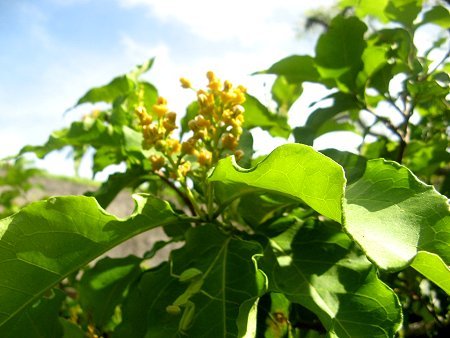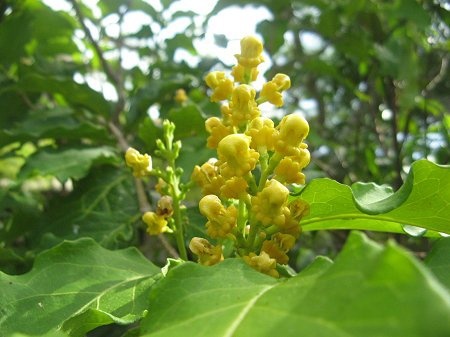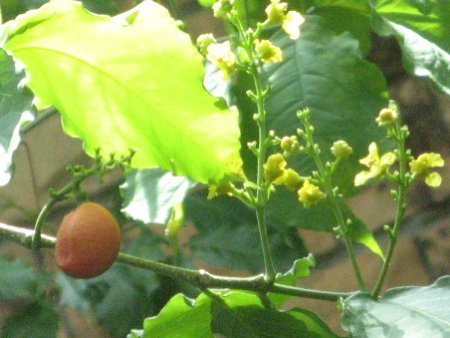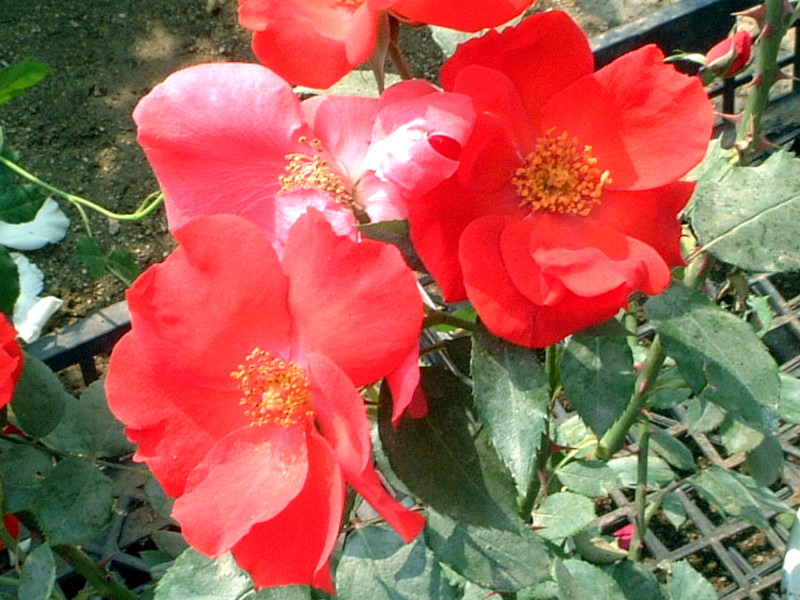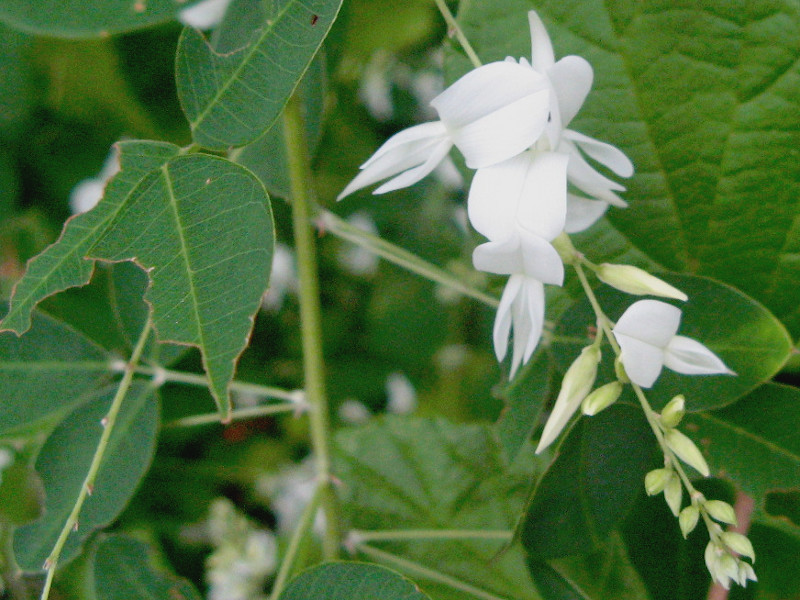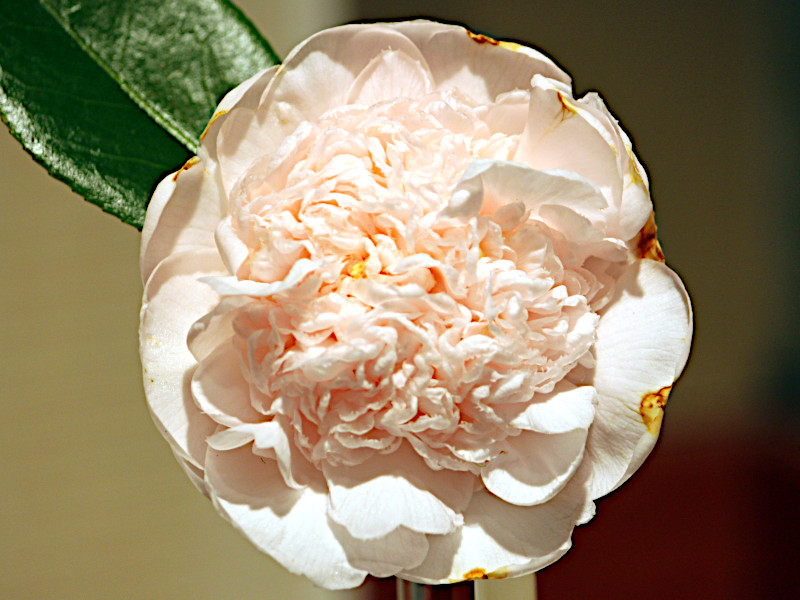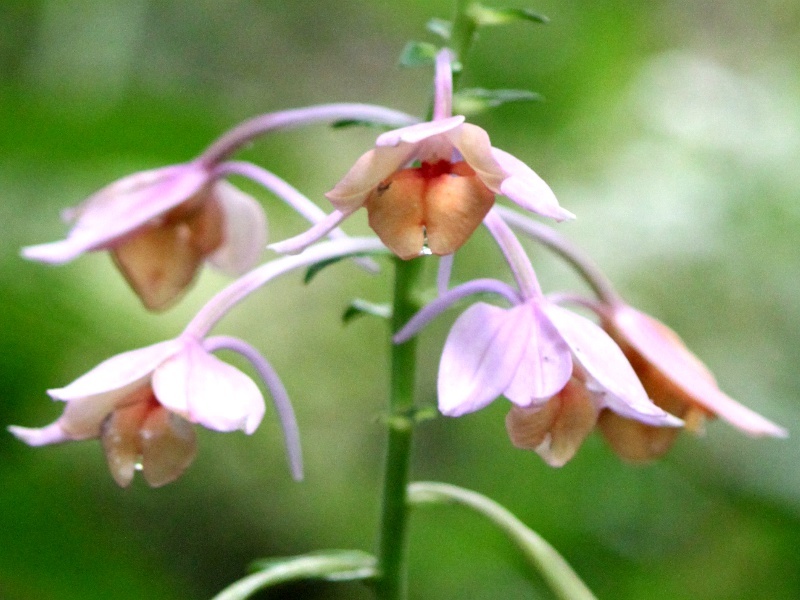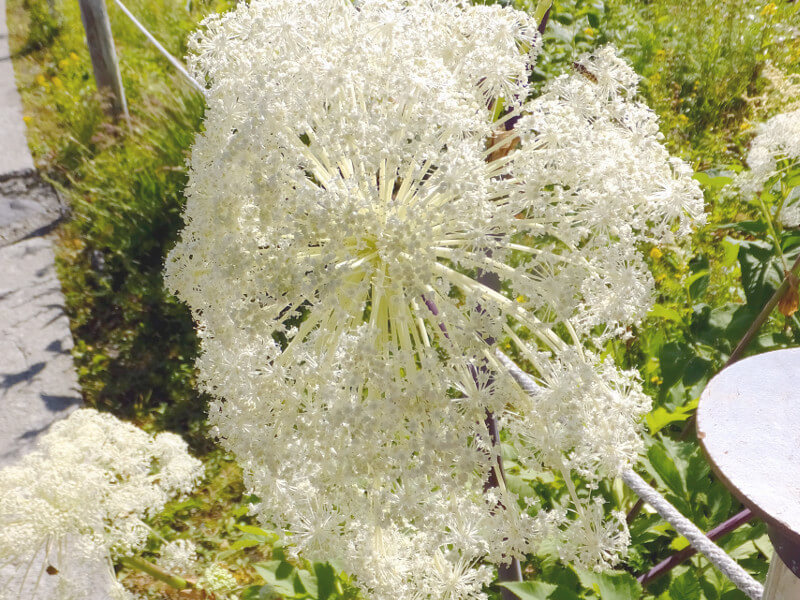Amesia
- Flower nameAmesia
- Scientific nameBunchosia armeniaca
- Aliasアメイシア, Ameisia, Peanut butter fruit, Monk's plum
- Place of originSouth America including Chile in the Andes mountain range
- Place of floweringOrchard
- Flowering seasonJanuary, February, March, April, May, June, July, August, September, October, November, December
- Language of flowersA pure heart
What is Amesia
Amesia or commonly called as Monk's plum (Scientific name: Bunchosia armeniaca) is native to the Andes Mountains and is a non-cold-resistant evergreen shrub of the Malpighiaceae family. Place of origin is Chile of Andes, Peru, Colombia, Bolivia, Brazil. It grows the racemic inflorescence from the axilla and makes 8 to 12 yellow flowers bloom. The fruit after the flower is initially light green, and it becomes orange when ripened. At the origin, people cultivates fresh meat for raw eating or scenting. From a sense of taste and texture, also known as Peanut butter fruit. There is Acerola in the same family.
Common name: Amesia or commonly called as Monk's plum, Scientific name: Bunchosia, America , aks: Peanut butter fruit, Caferana or Bunkosia, origin: Andean Mountains (Chile, Peru, Colombia, Bolivia and Brazil), environment: mountains hillside, tree height: 2-5 m, 10 m (native place), leaf shape: oblong( long elliptical shape) with a pointed tip ,leaf length: 10 - 17 cm, flower color: yellow, flower diameter: 3 to 4 cm, corolla: 5 regent flower, fruit season: July to September , Real color: light green → orange, fruit shape: elliptical shape, fruit diameter: 3 to 4 cm, pulp color: light yellow, pulp flavor: sweet acidity.
